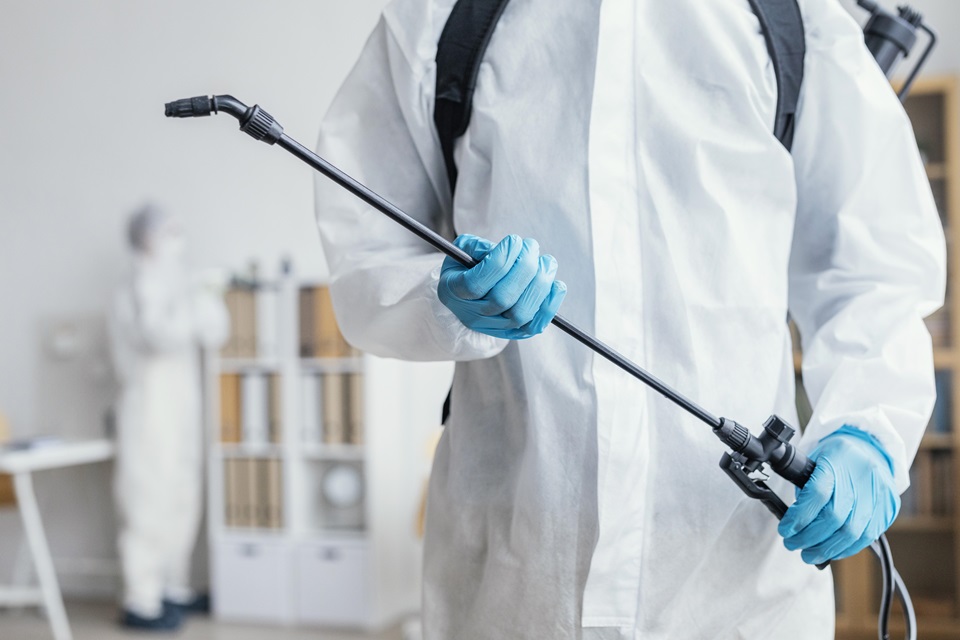Table of Contents
Urban areas have long been a focal point for pest infestations due to dense human populations, abundant food sources, and a myriad of hiding places. Traditional pest control methods often involve the extensive use of chemical pesticides, which can have adverse environmental and health effects. However, recent advancements in technology and a better understanding of ecological systems have paved the way for more innovative pest control strategies that are both effective and sustainable.
The Challenge Of Urban Pest Control
Urban areas present unique challenges for pest control. The coexistence of humans and pests in close quarters requires strategies that are safe for people and the environment. Traditional methods, such as chemical spraying, can lead to pesticide resistance among pest populations and collateral damage to non-target species. Moreover, the public is increasingly aware of the potential health risks associated with chemical pest control products.
Emerging Technologies & Methods
Several innovative strategies are currently being explored and implemented across urban landscapes:
1. Integrated Pest Management (IPM)
Integrated Pest Management (IPM) is a holistic approach that combines multiple pest control methods to minimize the use of chemicals and reduce environmental impact. IPM involves monitoring pest populations, establishing threshold levels for action, and employing a combination of biological, cultural, mechanical, and chemical control techniques. By focusing on long-term prevention and control, IPM can reduce the reliance on pesticides and promote sustainable practices.
2. Biological Control
Biological control involves the use of natural predators or parasites to manage pest populations. For instance, ladybugs and lacewings are effective predators of aphids, while parasitoid wasps can control caterpillar populations. This approach is environmentally friendly and can be particularly effective in urban green spaces and community gardens.
3. Genetic Control
Recent advances in genetic engineering have introduced new possibilities for pest control. Techniques such as the release of genetically modified insects that are sterile or less viable can reduce pest populations. This method has been used successfully with mosquitoes to curb the spread of diseases like dengue and Zika virus.
4. Smart Technologies
Smart technology is revolutionizing pest control with the use of sensors, data analytics, and automation. For example, IoT (Internet of Things) devices can monitor pest activity in real-time, allowing for targeted interventions. Drones equipped with thermal imaging can identify pest hotspots in large urban areas, facilitating more precise control measures.
5. Eco-Friendly Products
The development of eco-friendly pest control products is gaining momentum. Botanical insecticides, such as neem oil and pyrethrins, are derived from natural sources and have minimal environmental impact. Additionally, pheromone traps that attract and capture pests without the use of toxic chemicals are becoming popular in urban settings.
Case Study: Pest Control In Huntsville, Alabama
Huntsville, Alabama, is a prime example of a city that is embracing innovative pest control strategies. With its unique urban landscape, Huntsville has implemented a range of sustainable pest management practices. For more detailed information on local pest control solutions, you can visit Pest control Huntsville Alabama.
Conclusion
The shift toward innovative pest control strategies in urban areas is a positive step towards sustainable and effective pest management. By integrating advanced technologies and eco-friendly approaches, cities can protect their residents and ecosystems from the adverse effects of traditional pest control methods. As urban populations continue to grow, the importance of adopting these innovative strategies will become increasingly critical in ensuring a healthy balance between humans and their environment.





No Comments